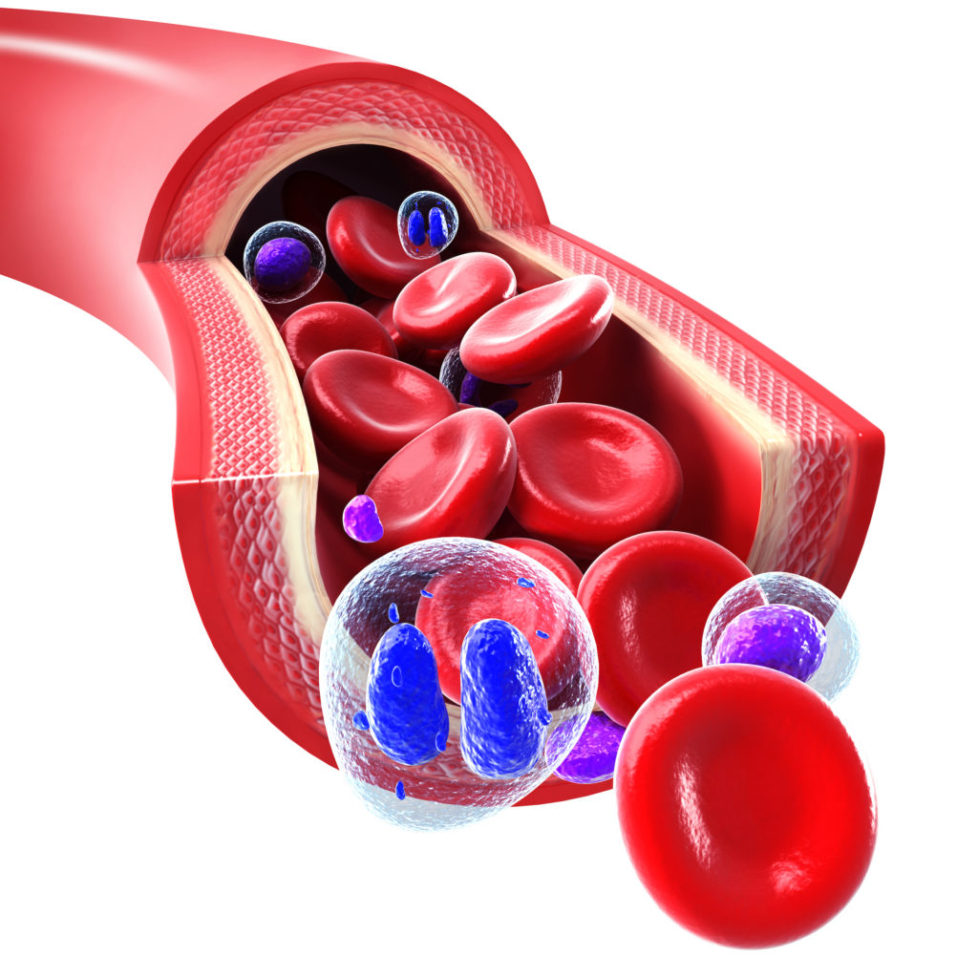
An Overview of Myeloproliferative Neoplasms
A myeloproliferative neoplasm (MPN) is a class of chronic blood cancers in which the blood-producing cells (precursor or stem cells) of the bone marrow acquire a mutation that either causes the bone marrow to make too many blood cells, or causes the formation of fibrosis in the bone marrow. This fibrosis can crowd out the blood-producing cells so that there is a shortage of blood cells.
MPNs are categorized by which line of cells is predominantly affected and other characteristics of the blood and marrow. The three main myeloproliferative neoplasms are:
- Polycythemia vera (increased red cells, white cells, and/or platelets)
- Essential thrombocythemia (increased platelets)
- Myelofibrosis (scarring of the bone marrow)
Because of the shared mutations among the different MPNs, there are shared characteristics and symptoms. Some characteristics that the different MPNs have in common are:
- Risk of clotting or bleeding
- Spleen enlargement
- Scar tissue in the bone marrow
- Progression to acute leukemia
MPNs are relatively rare cancers that generally affect people later in life, but there are some differences in the patient groups among the various MPNs. The known mutations that cause them—JAK2, CALR, and MPL— are acquired mutations (meaning you aren’t born with them), but in some instances MPNs can run in families.
A patient might develop any one of them spontaneously, or might progress from one to another, such as essential thrombocythemia (ET), polycythemia vera (PV), then myelofibrosis (MF). Although there is no cure for MPNs besides an allogeneic stem cell transplant, a patient might have few symptoms and live a long, full life with a managed MPN. It is less likely that patients progress quickly to a life-threatening illness, and it isn’t really known what causes some patients to have a more aggressive disease. Probably, more often than not, if an MPN is far along or progressing quickly at the time of diagnosis, it might have been developing undiagnosed and symptom-free for several years.
